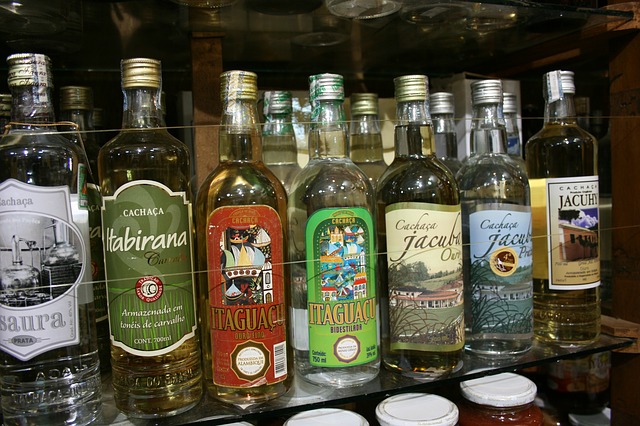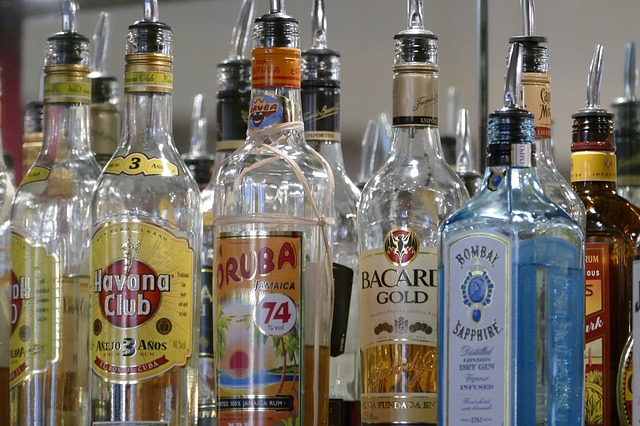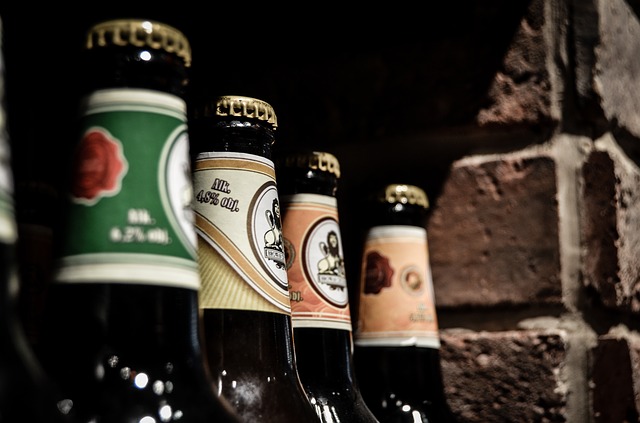Many kinds of alcohol are associated with some sort of place, but that doesn’t mean that you have to be from there to know it and drink it. After all, vodka is drunk around the world, not just in Russia; and whiskey drinkers are not confined to only Scotland, Ireland, and North America.
While you can go to pretty much any bar in the world and have a shot of gin, rum, or tequila, there are other spirits that are commonplace in one part of the world, but not seen anywhere else on the globe.
These regional alcohols can be found in every single bar, restaurant, and home in their particular regions, while remaining virtually unheard of everywhere else. But when you get the opportunity to travel to these places, your trip will not be complete unless you do like the locals do, and indulge in a couple of shots of these unique local liquors.
1. Rakia – The Balkans and Eastern Europe
Rakia (or raki, or rakija, or any number of other variations based on the region) is considered to be the national drink of Bulgaria, Albania, Serbia, Romania, and Bosnia and Herzegovina, among others in the Balkan region of Europe. In this part of the world, no dinner at a friend’s house takes place without a shot or four of rakia.
Distilled from a variety of different fruits depending on the region including grapes, plums, apricots, pears, and apples, rakia is a colorless spirit which usually clocks in at around 50% alcohol. It is generally drunk as an aperitif or digestif with a meal; although its place as the cornerstone of social occasions means that it is often consumed every time that friends get together to have a drink. Rakia should be drunk from special stemmed glasses, and is generally served at room temperature.
Though commercial distilleries do exist and supply bars and restaurants, most people from Balkan nations would agree that the finest rakia is that made at home or by the local rakia producer, who collects fruit from the locals and makes it into rakia for the entire village. Slightly sweet, fruity, and powerful, it makes any Balkan evening come alive.
2. Soju – Korea
Koreans love soju. Considered to be the national drink of South Korea, soju is absolutely everywhere in the country. Its simple and neutral taste, combined with its relatively high potency and low price tag has made soju the number one alcoholic drink in Korea.
Soju has been slowly catching on in other parts of the world, specifically North America, mainly through Korean immigrants who import this special taste of home. But you are still unlikely to find anywhere near the kind of selection which is on hand in Seoul. Distilled from a combination of rice and other starches such as sweet potatoes, the clear soju is commonly compared to vodka. However, soju tends to have a cleaner, sweeter taste. It also has less alcohol, with most brands averaging around 20% alcohol content.
Koreans have hundreds of different brands of soju to choose from, and with a bottle costing only around $2 USD, there is no wonder why it is so popular. It can be found in every single bar and grocery store, or for a real connoisseur experience, you can visit one of the many soju distilleries which dot South Korea and try it straight from the source.
3. Herbal Liqueurs – Central Europe
Chances are that you’ve heard of Jagermeister. You may have even had a few shots of Jagermesiter and then inexplicably woken up the next day in a children’s playground with a wicked headache and no shoes. But what about Goldschlager, Becherovka, Stara Myslivecka, Fernet, Underberg, or Krauterlikor? These herbal cousins of Jagermeister may not be popular around the world, but are widely consumed in Central Europe.
Germany, Italy, Austria, Czech Republic, and other countries have had a fascination with creating herbal liqueurs since mediaeval times. Sweet, yet bitter, but always strong and flavorful, these drinks were originally intended to be used as medicine. But with alcohol contents anywhere from 20%-45%, people quickly discovered that they didn’t need to have a cough in order to have a drink.
Commonly served as a digestif in a stemmed glass, nearly every bar, pub, or restaurant from Venice to Frankfurt will have at least one of these drinks on hand, if not half a dozen. When traveling in this region, just ask for the local herbal liqueur, and you will certainly be treated to some strong local medicine.
4. Cachaca – Brazil

If you visit cocktail bars you may have come across cachaca before, as it is the main ingredient in the caipirinha. However, you can be excused for thinking that it is just some small, insignificant liquor, and not the national drink of the largest country in South America, Brazil. Nearly all of the cachaca made in Brazil stays in Brazil, with both commercial and homemade varieties easy to come by.
Sometimes referred to as Brazilian rum, cachaca is similar to, but not actually rum. Cachaca is distilled from raw sugar cane juice, while Caribbean rum is made with molasses. This imparts cachaca with an earthier, less sweet taste, while allowing the flavor to be influenced more by the wood barrels in which it is aged. Both light and dark cachaca are made, with the lighter variety used for cocktails, and the dark kinds sipped straight at room temperature.
Over 40,000 different distilleries currently produce cachaca in Brazil, meaning that there will always be enough choice for the discerning customer. And with only a tiny fraction of all cachaca exported, the only way to experience true cachaca is to catch the next plane to Brazil.

